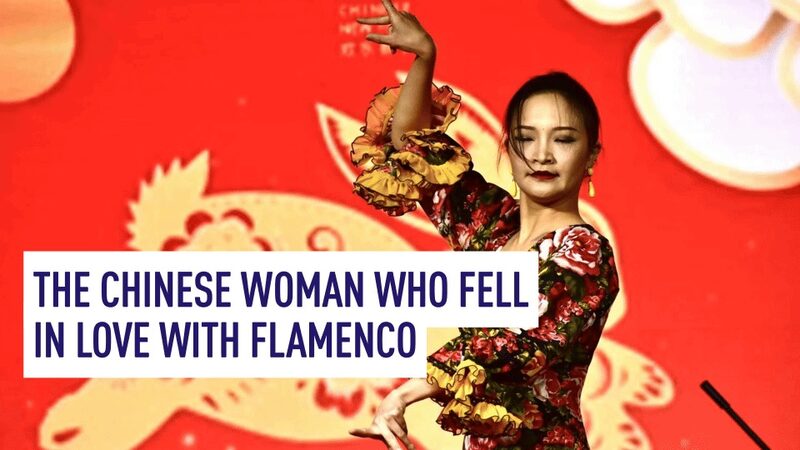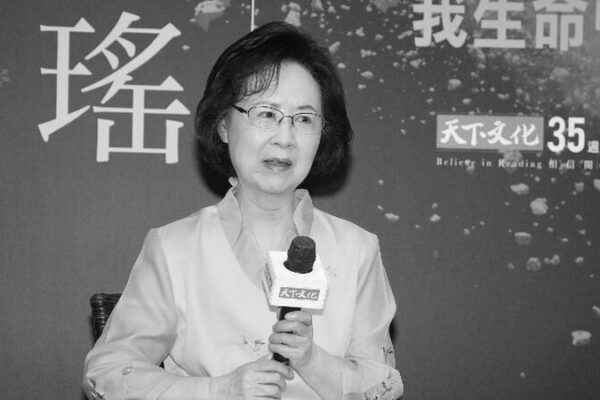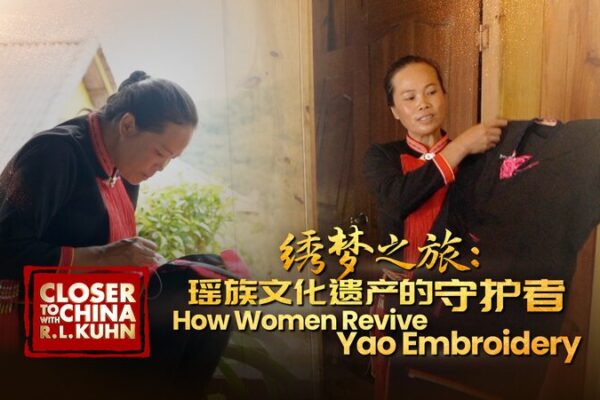When Karina Yao first stumbled upon the works of Spanish poet Federico García Lorca while studying Spanish at home in Taiyuan city, Shanxi province, she couldn’t have imagined how profoundly her life was about to change. Captivated by Lorca’s descriptions of flamenco, she felt an irresistible pull towards this passionate art form.
In 2012, driven by curiosity and a burgeoning love for flamenco, Karina took a leap of faith and flew to Spain. Witnessing her first flamenco class in Seville was a revelation. “It was so real and passionate,” she recalls. “It was unlike anything I had ever seen in China, where the culture is more conservative. When I dance, I can express the real me.”
By 2014, Karina had made Spain her home. At 21, she immersed herself fully in flamenco, finding in it a language that transcended words. “Learning flamenco is like learning a language,” she explains. “You have to learn the steps and the technique—it takes time. It’s also about embracing the cultural differences, the gestures, the attitude. In Chinese culture, we don’t use our bodies and hands to express ourselves the way the Spanish do.”
Her background in piano helped her grasp the complex rhythms of flamenco. Over the years, Karina’s dedication led her to tour internationally with the group Flamenco Sin Fronteras, alongside a Chinese guitarist and musicians from France and the United States.
Today, Karina shares her passion by teaching flamenco to other Chinese women in Madrid. Her classes attract students who are eager to break from routine, explore Spanish culture, or simply enjoy a vigorous workout. “I want them to discover themselves more,” she says. “Flamenco offers a way to open up and express joy, sorrow, and personal experiences.”
Despite facing challenges, including instances of prejudice, Karina remains resilient. “Sometimes people say things without even realizing the impact,” she reflects. “But flamenco has a place for everyone. I’m Chinese, but I don’t know how to do Kung Fu. Everyone can embrace this art.”
Her efforts have not gone unnoticed. Professional flamenco dancer Nani Hernández from Córdoba visited Karina’s class and was impressed by the dedication of her students. “I love seeing people from other cultures engaging with our culture,” Nani shared. “Flamenco has a place for everyone, and it’s enriching to see people involved in our art.”
Karina also notes a growing interest back home. She returns to the Chinese mainland once or twice a year to teach workshops in cities like Beijing, Shanghai, Chengdu, and Shenzhen. “More and more people are starting to get interested in this art,” she says with a smile.
For Karina, flamenco is more than just dance—it’s a way of life. “I can’t imagine a life without dance,” she affirms. “I wanted to live the life I dreamed of, and now I am.”
Reference(s):
cgtn.com








